42 levers in the human body worksheet
The bones in the human body act as levers, with the joints fulfilling the role of pivot points. The muscles provide the effort, and the weights of segments of the body — or external weights — provide the load. The human body provides examples of first, second, and third-class levers. First and third class levers are the most common in the body.
In the human body, third-class levers have the pivot point at one end. The muscles apply force to the lever near the pivot. This causes the levers (your bones) to move. For example, in performing a biceps curl (see figure 2.4), the force of the contraction of the muscles
A lever is a rigid object used to make it easier to move a large load a short distance or a small load a large distance. There are three classes of levers, and all three classes are present in the body [2] [3]. For example, the forearm is a 3rd class lever because the biceps pulls on the forearm between the joint (fulcrum) and the ball (load).
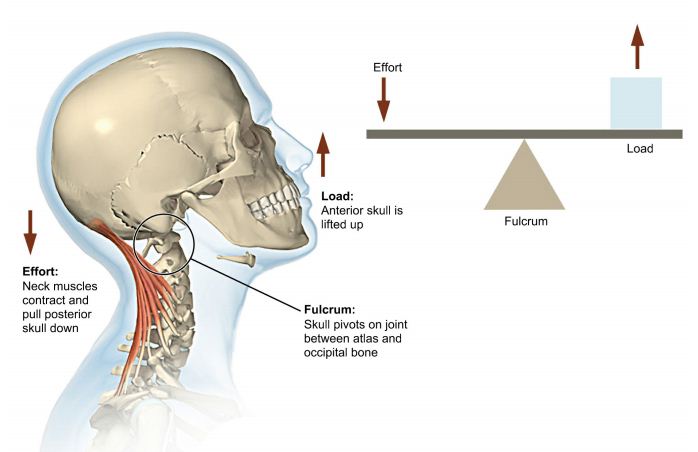
Levers in the human body worksheet
Levers -The Basics - The human body is made up of levers, and these work together to create movement. There are three types of levers you need to understand:-1st class levers -Fulcrum in the middle-2nd class levers -Load in the middle-3rd class levers -Effort in the middleEvery lever is made up of three parts:
Bill Nye Erosion Worksheet, Pronouns And Antecedents Worksheet, Multiple Alleles Worksheet, Squid Dissection Worksheet, Bill Nye Atmosphere Worksheet, Fragments And Run Ons Worksheet, Subtracting Across Zeros Worksheets, Slopes Of Parallel And Perpendicular Lines Worksheet, Classifying Polynomials Worksheet, Genetic Crosses Worksheet ...
1 st class of lever in human body Mohamed M.Elsaied 2016/2017 The joint between the skull and the atlas vertebrae of the spine the spine is the fulcrum across which muscles lift the head . 7. Mohamed M.Elsaied 2016/2017 The joint between the hummers and radius - ulna . 8. ...
Levers in the human body worksheet.
Practice your understanding of muscle levers with the help of our quiz. ... scenarios and ask you to identify the best type of lever to use. Quiz & Worksheet Goals. ... to enroll in Human Anatomy ...
Levers in the Human Body. A worksheet with questions to test your student's knowledge on Levers in the human body. Applicable to all GCSE PE exam boards.
Showing top 8 worksheets in the category - Levers In The Human Body. Some of the worksheets displayed are Levers, Forces levers and torque modeling the arm as a simple, Levers other simple machines, Joint anatomy and basic biomechanics, Kinesiology body mechanics chapter 1 foundations of, Anatomyphysiology curriculum map, Introduction to sports biomechanics analysing human, Physics levers and ...
lever origin posture prime mover synergist S urvival depends on the ability to maintain a relatively constant internal environment. Such stability often re-quires movement of the body. For example, we must gather and eat food, defend ourselves, seek shelter, and make tools, clothing, or other objects.Whereas many different sys-
Chapter 1 the human body an orientation worksheet answer key soft and vital parts of the body and provides support for body tissues. Bones act as levers for movement. Chapter 1 the human body an orientation worksheet answers. Spleen and tonsils C. Classify by organ system all organs discussed.
Levers and Wedges in the Human Body For Teachers 2nd - 6th Students identify the various parts of the body that serve as wedges and levers, identifying the fulcrum for each body lever.
Levers work to create movement in the human body Bones, ligaments, and muscles are the structures that form levers in the body to create human movement. In simple terms, a joint (where two or more bones join together) forms the axis (or fulcrum), and the muscles crossing the joint apply the force to move a weight or resistance.
The Human Body Systems Organs for Primary Grades Posters & Worksheets. by. Fishyrobb. 44. $4.50. PDF. Activity. This is a set of activities for teaching younger students about the human body. The materials in this resource introduce six of the major body systems, their functions, and main organs in each system.
Compare the structure and function of a human body system or subsystem to a nonliving system (i.e. human joints to hinges). Component 1.3.1 Analyze the forces acting on objects: Describe how machines transform forces (e.g., a long lever allows a small downward input force to be transformed into a large upward output force.)
"First Class Lever" • A first-class lever is a lever in which the fulcrum is located between the input effort and the output load. • In operation, a force is applied (by pulling or pushing) to a section of the bar, which causes the lever to swing about the fulcrum, overcoming the resistance force on the opposite side. Examples:
Lever systems in the human body After watching this video session, it is expected that you will be able to Define levers.Enumerate the main uses of leversIdentify the three classes of lever... Beachy.Kinda.Girl
Activity 3A: Levers in the Body: They Are Not What You Might Think! Students will be surprised to learn that the levers in their arm don't behave as expected! They will use a model of the human arm, including an artistically modified scapula, humerus, radius and ulna.
Most of the machines we use on a daily basis have a lever or two which decreases the amount of force it would take to get a job done. A lever is a rigid body capable of rotating on a point on itself. How much do you know about levers from our classes? Take up the test below and see if you understood all we covered on the topic and the application in real life.
A lever is a rigid rod (usually a length of bone) that turns about a pivot (usually a joint). Levers can be used so that a small force can move a much bigger force. This is called mechanical advantage. There are four parts to a lever - lever arm, pivot, effort and load. In our bodies: bones act as lever arms joints act as pivots
Levers in the Human Body Levers confer mechanical advantage. The application of mechanical advantag e applies to the musculoskeletal system. The skeletal and muscular systems work together to move your body parts. Some of your body parts can be thought of as simple machines or levers. There are six classes of simple machines.
Steven Xie attached Levers and the Human Body.pdf to Science Quiz - Levers Steven Xie set Science Quiz - Levers to be due Steven Xie renamed Science Quiz - Levers (from Science Quiz)
Levers and Wedges in the Human Body For Teachers 2nd - 6th Learners identify the various parts of the body that serve as wedges and levers, identifying the fulcrum for each body lever. They bite into carrots and apples to analyze how their jaws and teeth work, then complete three worksheets that... + 1 Lesson Planet Levers and Pulleys
No. There are four parts to a lever - lever arm, pivot, effort and load. In our bodies: bones act as lever arms. joints act as pivots. muscles provide the effort forces to move loads. load forces are often the weights of the body parts that are moved or forces needed to lift, push or pull things outside our bodies.
first class lever in human body. the head. Load would be from the nuchal line downwards Effort would be the head Fulcrum would be Mastoid process. second class lever. the load (resistance) is located between the axis (fulcrum) and the force or effort. second class lever in human body.
With a first-class lever, the longer the lever arm is, the less force is required to overcome the resistance. The force arm may be longer, shorter, or equal to the resis-tance arm, but the axis will always be between these two points. An example of a first-class lever in the human body is the forearm moving from a position of flexion
ID: 523674 Language: English School subject: Natural Science Grade/level: 5º Grade Age: 9-12 Main content: Levers Classification Other contents: Add to my workbooks (42) Download file pdf Embed in my website or blog Add to Google Classroom
Worksheet 1. The structures of the body are organized in successively larger and more complex ... The dorsal aspect of the human body is also its a) anterior surface b) posterior surface c) lateral aspect d) superior aspect ... ____ Provides support and levers on which the muscles can act. 56. ____ Includes the heart and the blood vessels.
Displaying top 8 worksheets found for - Levers In The Human Body. Some of the worksheets for this concept are Levers, Forces levers and torque modeling the arm as a simple, Levers other simple machines, Joint anatomy and basic biomechanics, Kinesiology body mechanics chapter 1 foundations of, Anatomyphysiology curriculum map, Introduction to sports biomechanics analysing human, Physics levers ...



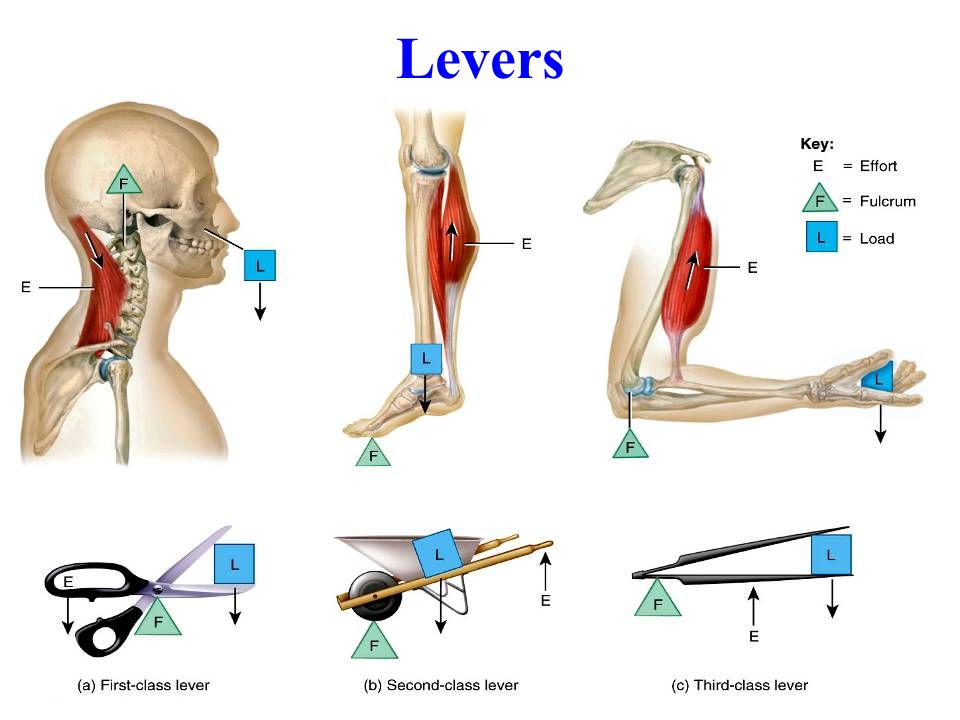
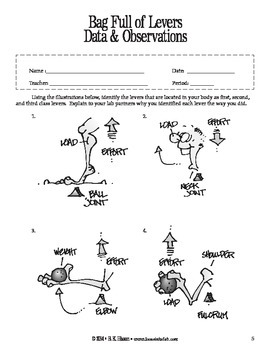





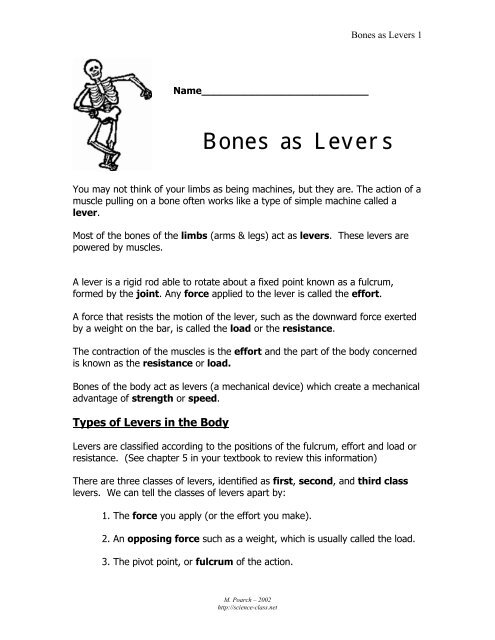

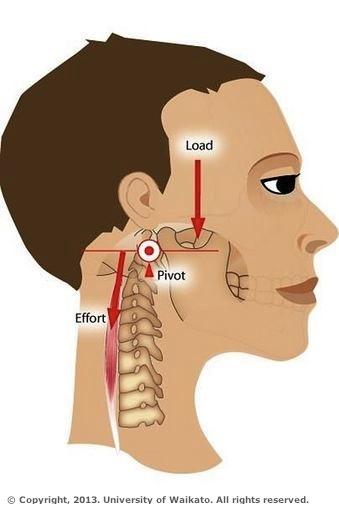

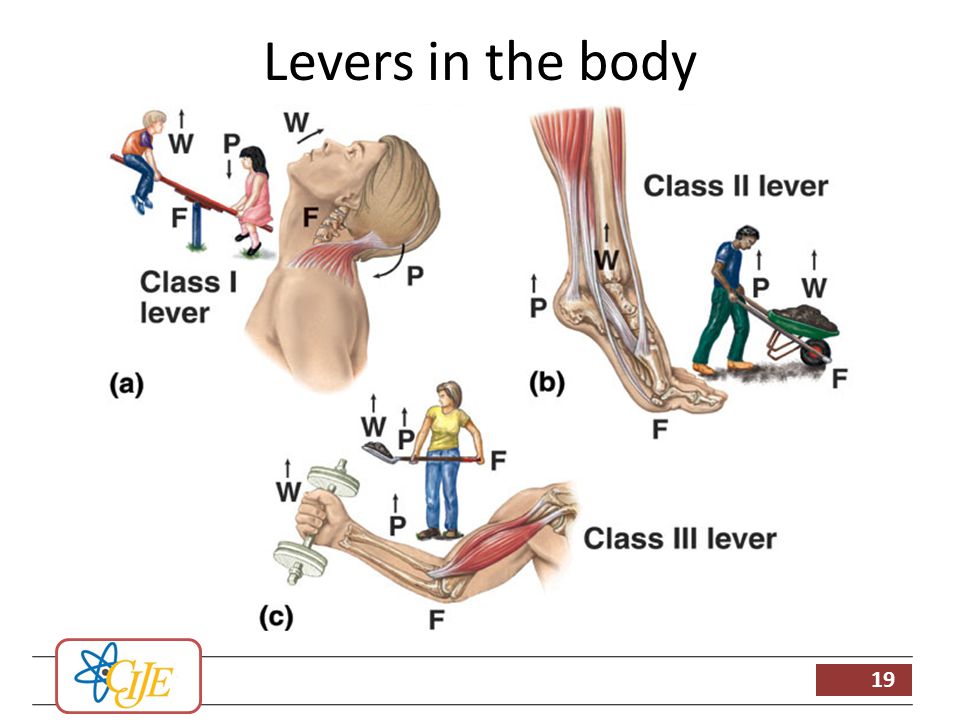
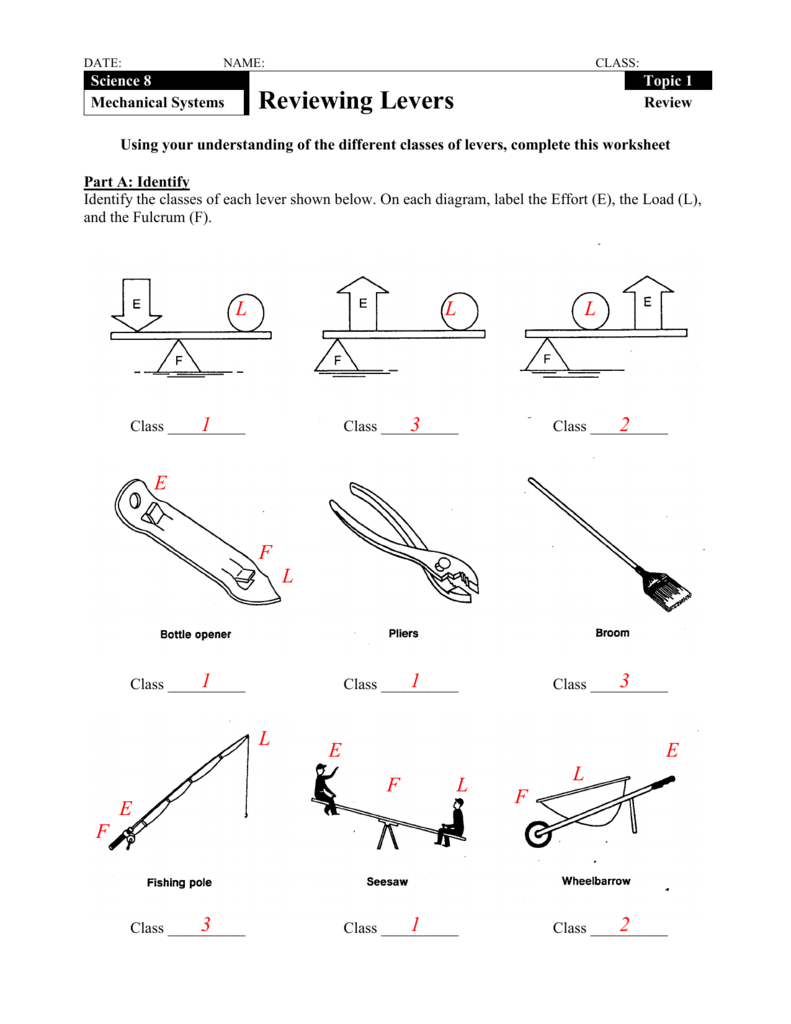
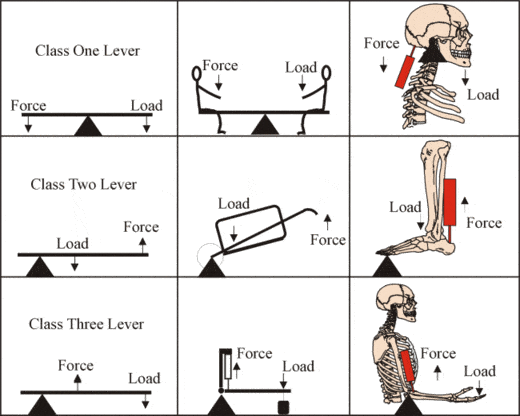
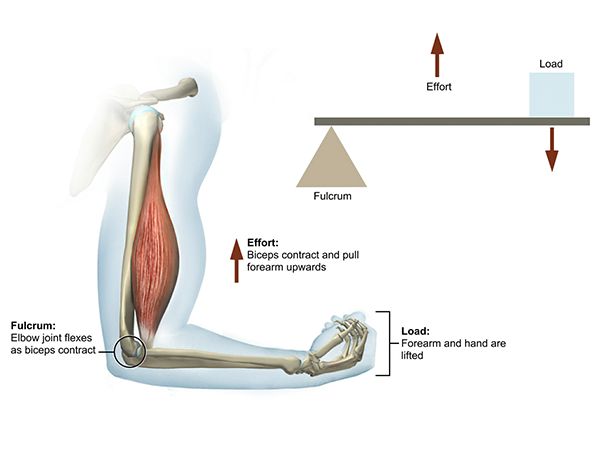


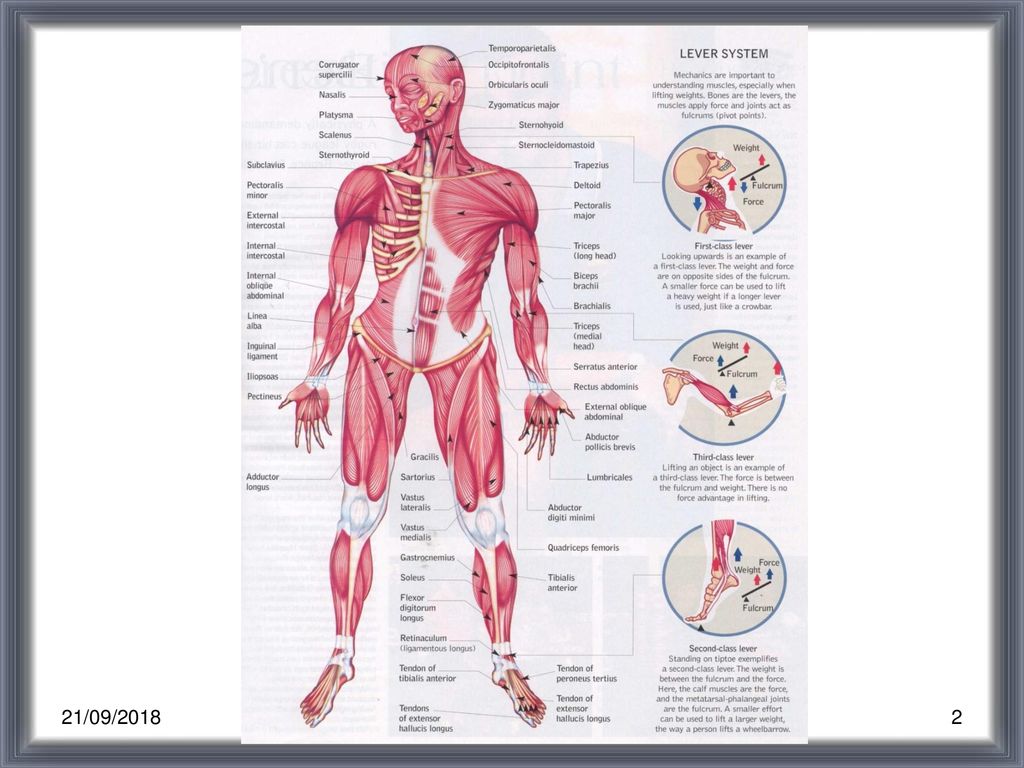
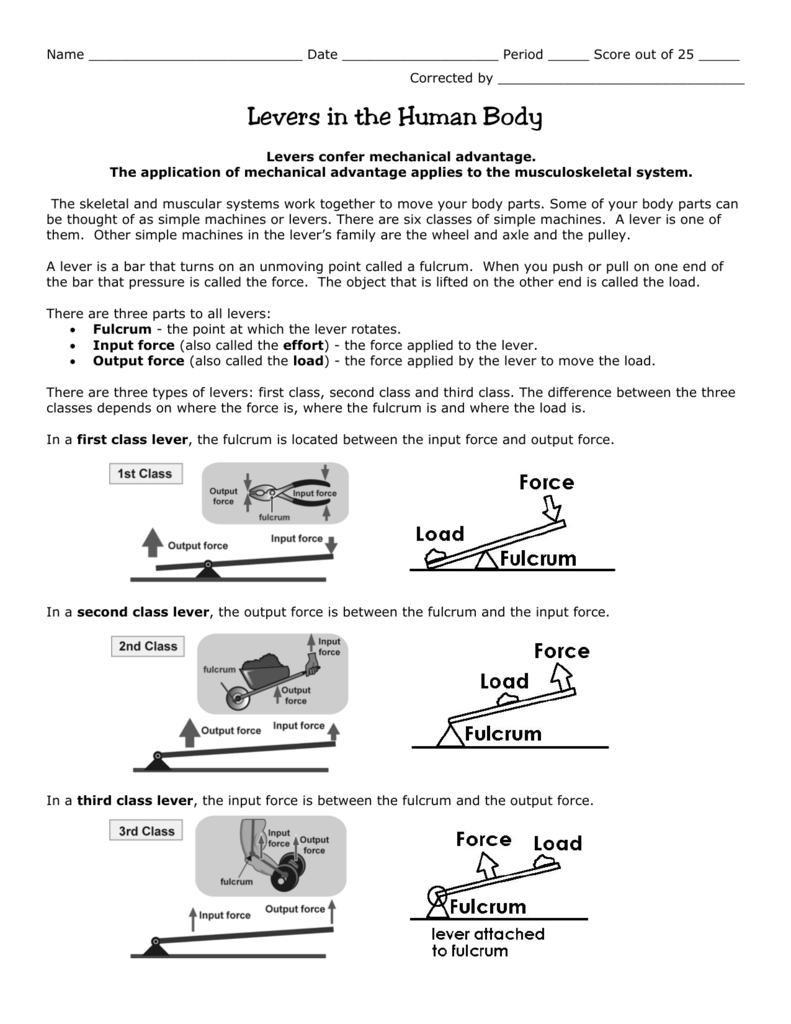

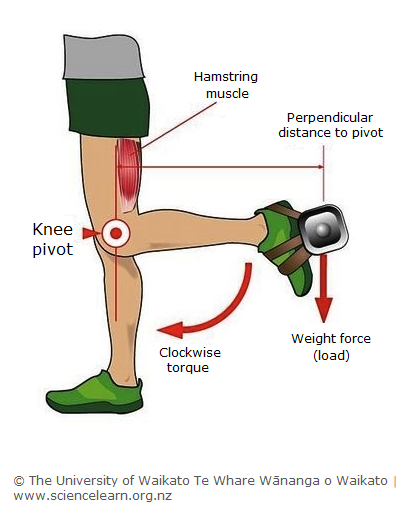
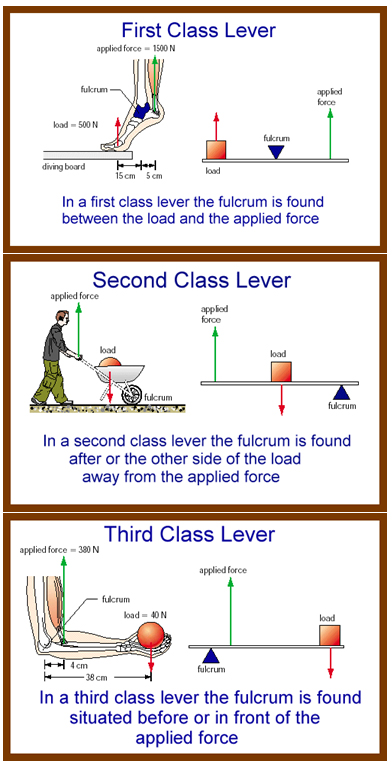
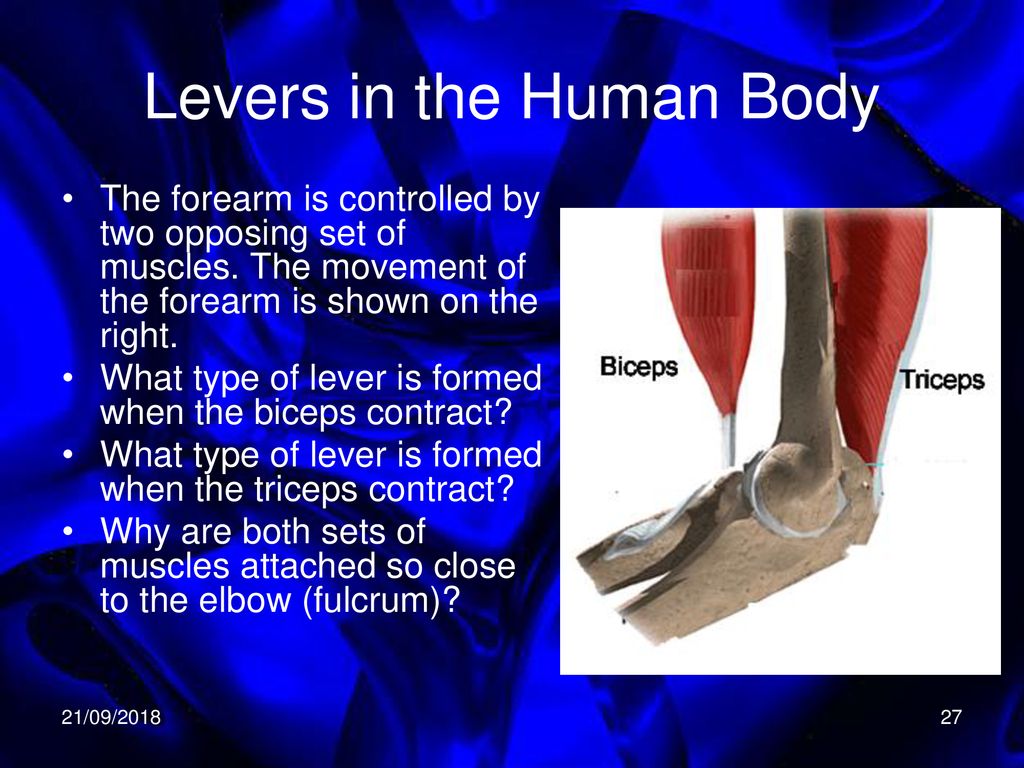
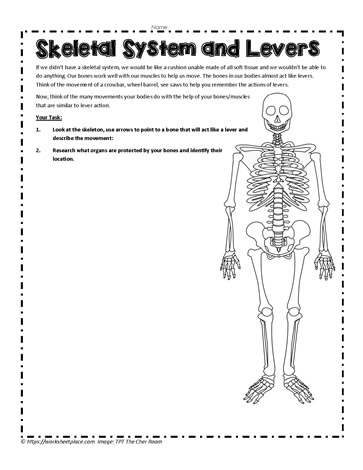

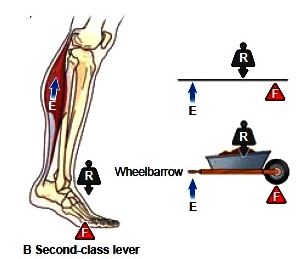
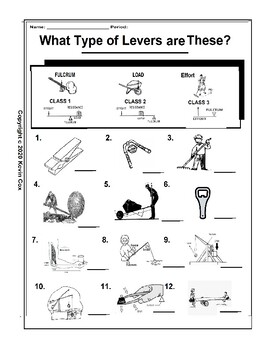


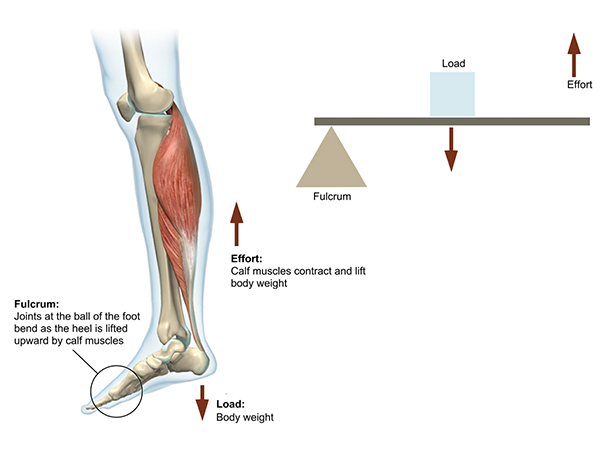

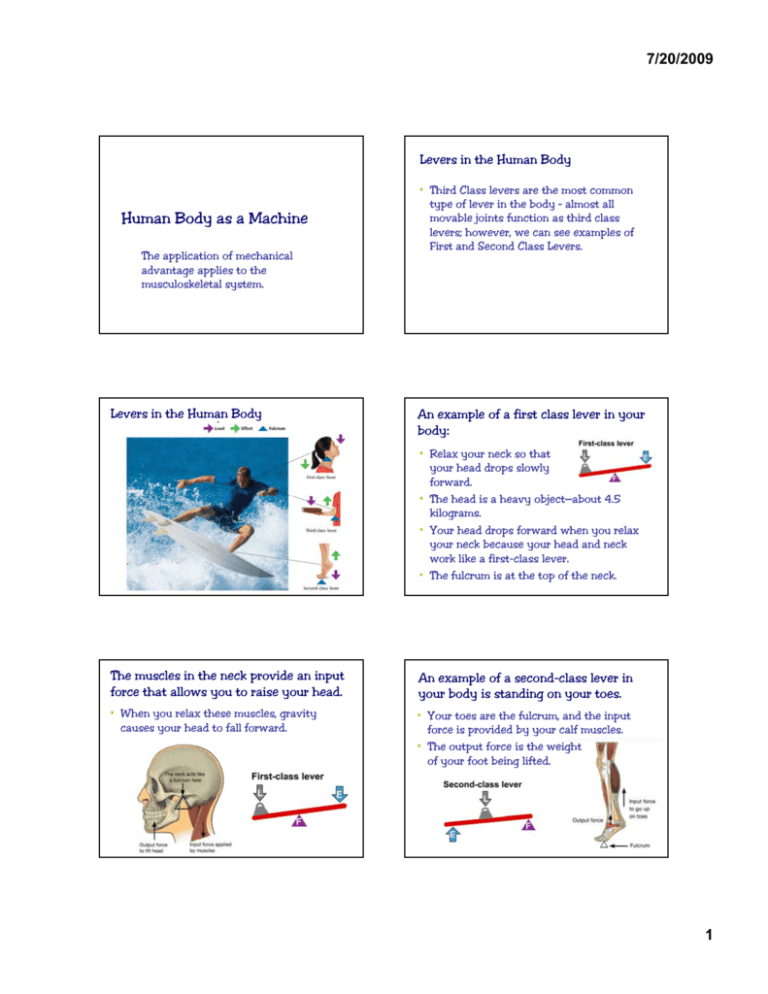

0 Response to "42 levers in the human body worksheet"
Post a Comment